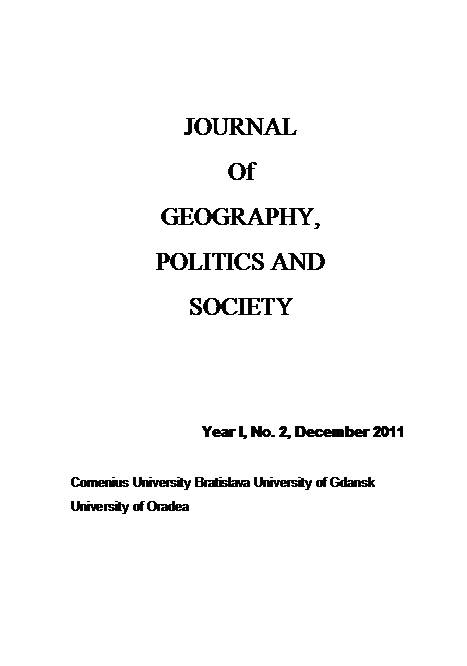The changes of social structure and life conditions in Romanian cities (case study of Oradea )
The changes of social structure and life conditions in Romanian cities (case study of Oradea )
Author(s): Jan Wendt, Alexandru Ilies, Corina TatarSubject(s): Economy, Human Geography, Regional Geography
Published by: Wydawnictwo Uniwersytetu Jagiellońskiego
Keywords: process of transformation; linguistic structure; ethnic structure; religious structure; life quality; migration; social structure; economical changes
Summary/Abstract: During the period of the socialist regime Oradea played the role of an important industrial and administrative centre. Nowadays, Oradea, with its over 200 thousand citizens can be a good example of the system, in terms of the economic and social transformation process. The processes, which take place in Oradea, had a typical run, characteristic for multi-ethnic cities. The border location of Oradea is conductive to an intermingling of ideas, people, capital and the western style of life, which triggers faster changes compared to the other Romanian cities of Banat, Crięana, Maramures and Transylvania. This paper attempts to analyze the changes in terms of ethnicity, language, religion within the city and show the process of social structural changes of Oradea. The range of changes along with the process existing before seems to deepen. On the one hand, the process of Hungarian, German and Jewish minorities’ migration is clearly seen. The negative rate of birth and the negative balance of the external migration equalise the internal migration only to a small extent, which in this case includes mainly the Romanians and the Roma population. The new investments, mainly with external capital allowed the city to develop widespread and increase the life standard. A proper city policy in terms of euroregional co-operation allows Oradea to engage in many investments, which are also common for the Hungarian side and triggers a better development of the city. We should also take into consideration an educational improvement thanks to which the city became the most important and the largest study centre in the north-western part of the country. A very crucial alternation took place in the industry and service branches. The percentage of workers employed in mining activities and power companies decreased and the percentage of workers employed in education, tourism and trade has increased. The very convenient location of the communication ways, at the junction of transport roads, make the city an important communications’ centre a s well.
Journal: Journal of Geography, Politics and Society
- Issue Year: 1/2011
- Issue No: 2
- Page Range: 19-34
- Page Count: 16
- Language: English

